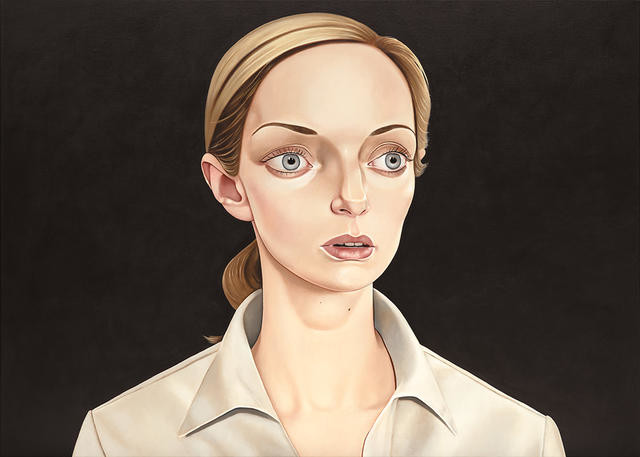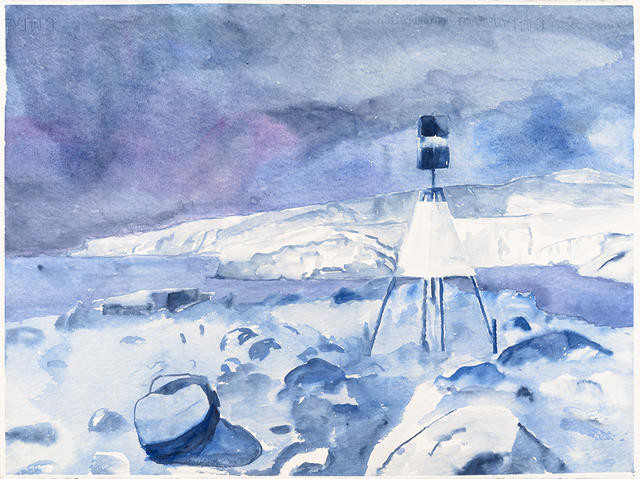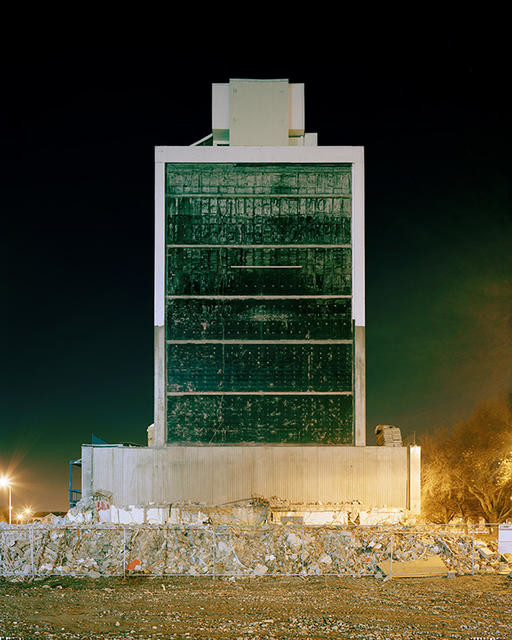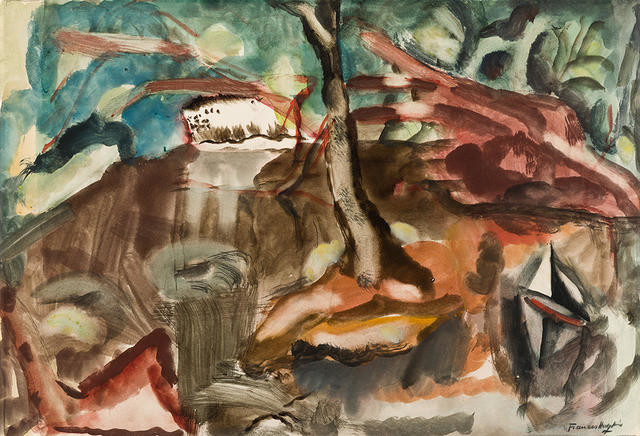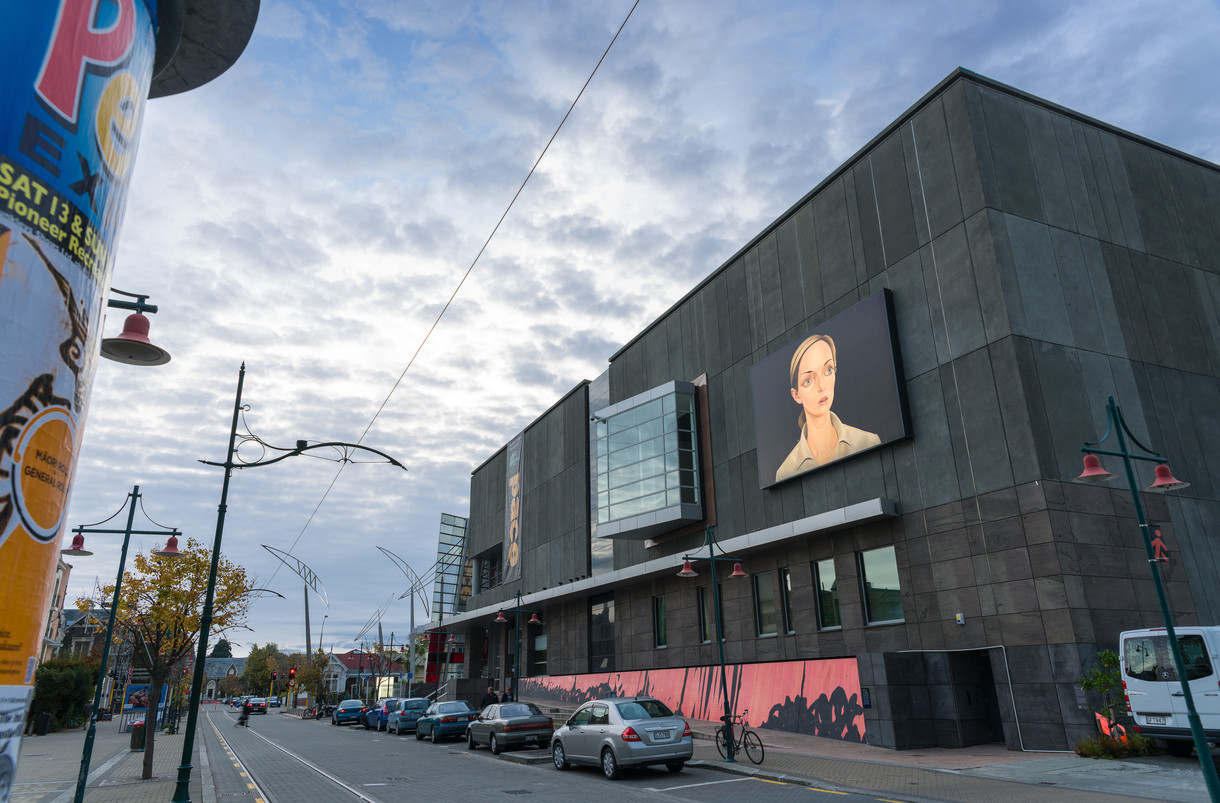What’s On

New exhibition opening soon
From Here on the Ground

The Design Store is having a revamp!
We'll be closed while we get a fresh new look. Visit us again from 14 May.
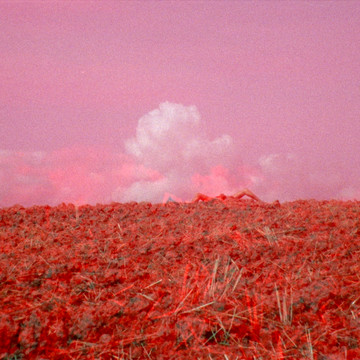
Exhibition closing soon
Spring Time is Heart-break: Contemporary Art in Aotearoa
Open 7 days, 10am - 5pm
Late night Wednesday until 9pm
Free entry, free wifi



